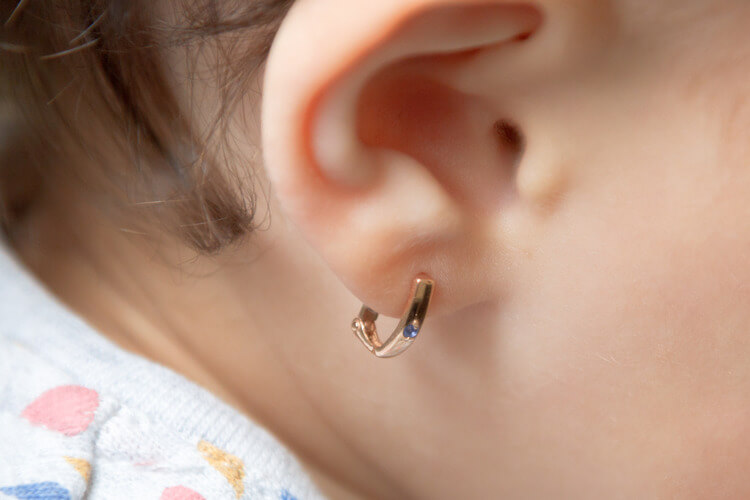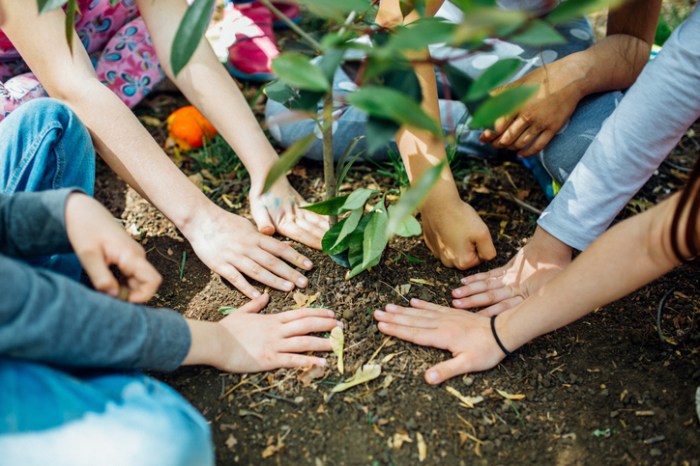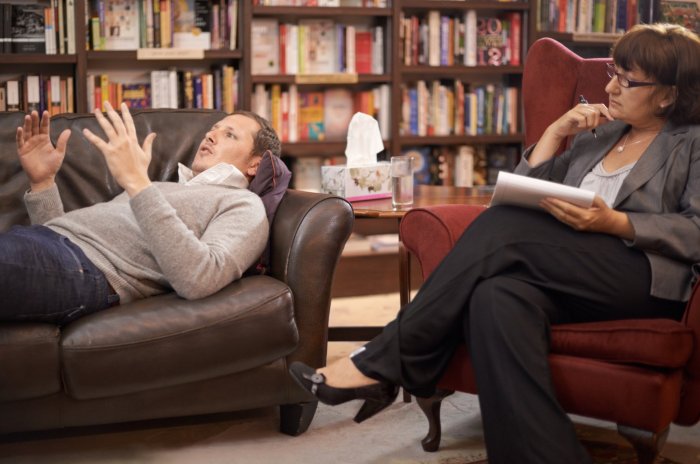So your kid wants a piercing. It’s no small decision, and there’s a lot to consider before giving the green light for safe piercings. But this discussion with your child doesn’t have to be a battle.
We’ve talked to experts on the subject to give you all the information you need. Here’s a guide to safe piercings for kids.
A Parent’s Guide to Safe Piercings for Children and Teens
Is my child ready for a piercing?
There’s no definite answer or right age. Dr. David Levine, professor of pediatrics at the Morehouse School of Medicine, says parents should have an open conversation with their child when making this decision.
“The child needs to know that it will hurt for a short time, then feel OK,” Levine says.
Jef Saunders, former Association of Professional Piercers president, says parents should help children evaluate their lifestyle and whether or not it’s a good idea.
“I find that most parents really enjoy the opportunity to have these discussions with their children,” Saunders says.
Where should I take my child for a safe piercing?
Piercing studios should be clean, and the piercer should take basic precautions like washing their hands, wearing gloves and sterilizing the jewelry and tools used in the process.
Saunders says it may be helpful to ask about a piercer’s training to ensure they’ve completed an apprenticeship and not just watched a 30-minute training video.
While piercing guns are popular, there are drawbacks with this method. For example, it takes a one-size-fits-all jewelry approach, and many don’t fit the jewelry used in this approach.
Additionally, people who operate piercing guns tend to have less training and experience than other piercers.
What does aftercare for a piercing look like?
The APP has a wealth of information about aftercare.
Keeping the area clean is one of the most important things. Children should wash their hands thoroughly before touching their piercing.
Use sterile saline to rinse as needed to remove traces of soap, patting dry with a paper towel.
Your child should also leave jewelry in, especially during the healing process. Piercings can close or shrink in minutes without jewelry in them. To change jewelry during the healing process, see a qualified piercer.
What are some complications that can come with piercings?
- Infection at the pierced site. Treat infections by keeping the area clean and applying antibiotics such as Neosporin.
- Allergic reactions. Nickel allergies are very common, so avoid jewelry containing nickel.
- Tearing. These are especially common.
- Keloids. These thick raised scars can form while skin is healing. Those prone to keloid formations should think about avoiding piercings.
How can I reduce these risks and ensure safe piercings?
Don’t change jewelry too soon and don’t touch or play with jewelry healing; avoid swimming for eight weeks.
“A lot of parents find this to be a really great experience in terms of teaching their children personal hygiene, as well as teaching them when to involve a parent or medical professional in a health issue,” Saunders says.
This article first appeared on NewYorkFamily.com.
Related Story: When Love Hurts: How Parents Can Teach Kids To Avoid Teen Dating Violence



































